Designing for Success: What Makes the Most Recognizable Custom Plush Toys?
| Apr, 24 , 24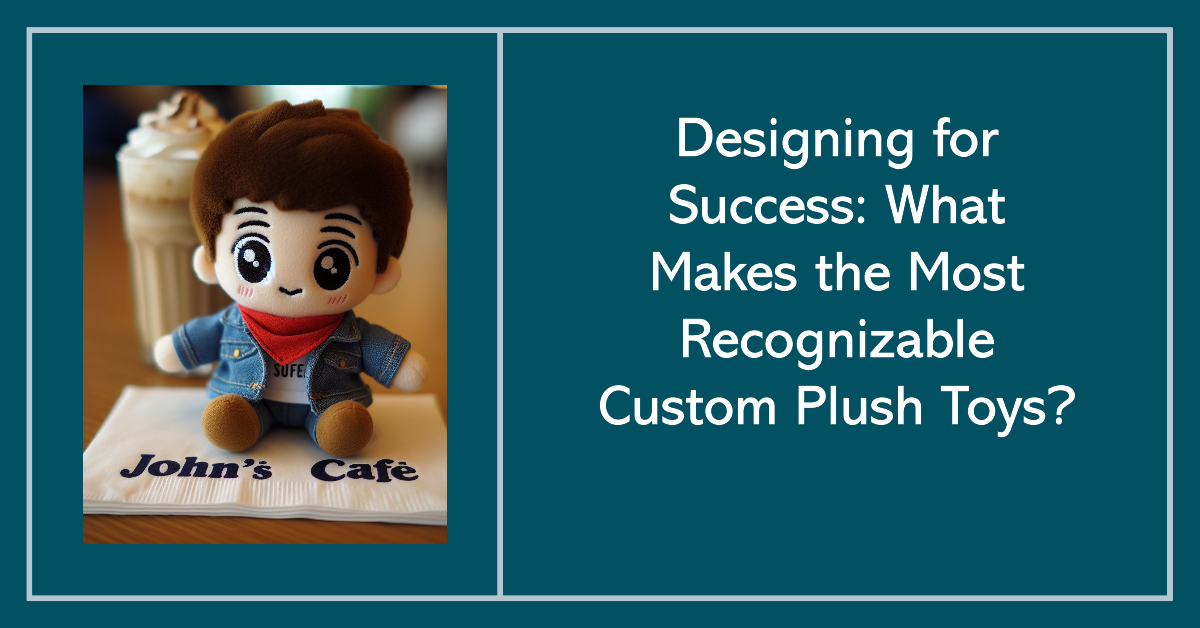
In the world of merchandise and branding, custom plush toys stand out as beloved ambassadors of companies, brands, and franchises. These soft and huggable companions serve as endearing collectibles and play a vital role in marketing and brand recognition. However, what sets apart the most recognizable ones? What design elements and strategies contribute to their success and memorability?
In this blog, we embark on a journey to explore the art and science of designing custom plush toys for success. From understanding your audience to incorporating brand identity, choosing colors and materials, and crafting unique features, we delve into the key elements that elevate plush toy designs to iconic status. We uncover the secrets behind creating custom plush toys that captivate hearts and minds.
Join us as we unravel the mysteries of custom plush toy design and discover what makes these cuddly companions cherished symbols of brands and memories. Whether you're a business owner, a marketer, or a plush toy enthusiast, this exploration into the world of custom plush toys promises to inspire and enlighten. So, let's dive in and uncover the magic behind the most recognizable custom plush toys.
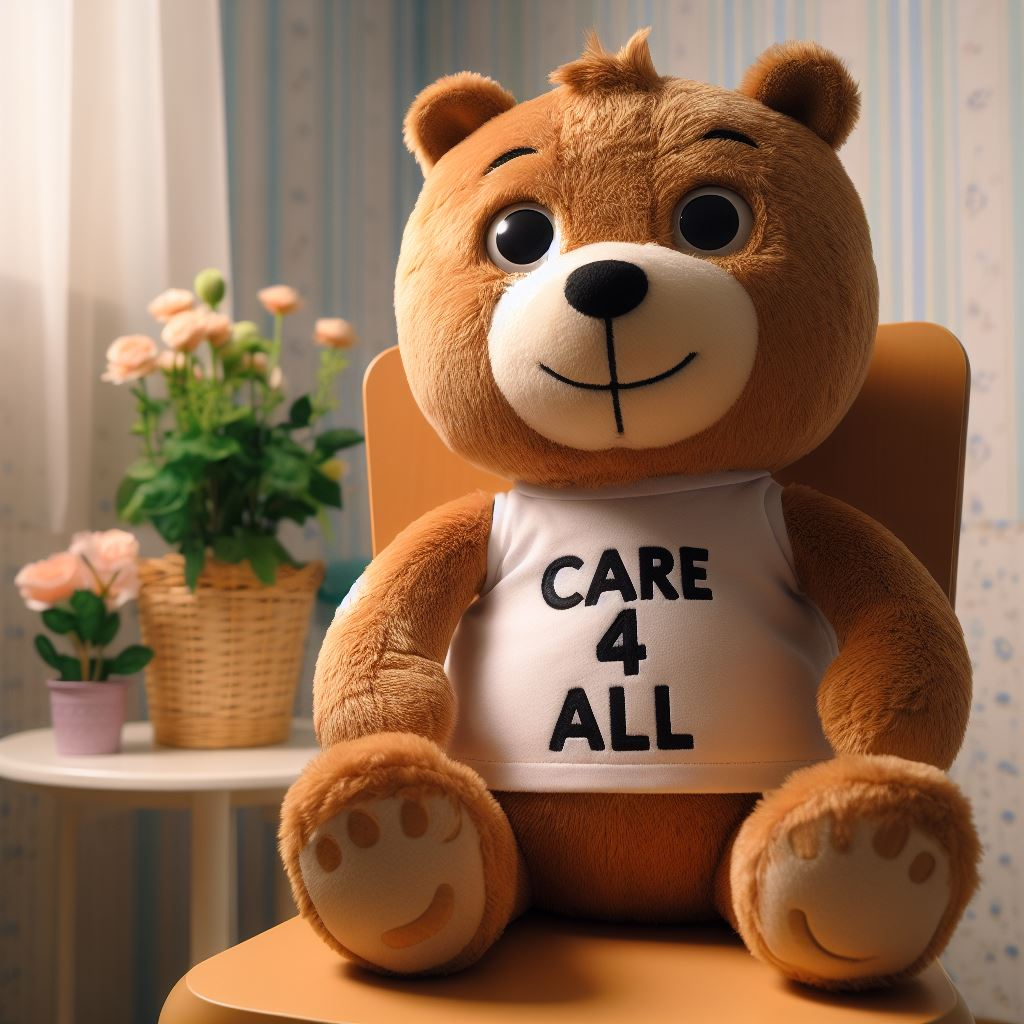
Why Recognizable Designs Matter
Creating memorable custom plush toys is crucial for two key reasons:
Brand Visibility:
- Walking Advertisement: Custom plush toys serve as mobile advertisements for your brand. Whether displayed on shelves, carried by customers, or gifted to clients, these toys showcase your brand identity wherever they go. As they accompany individuals in various settings, they attract attention and prompt inquiries about the brand they represent.
- Increased Brand Awareness: Recognizable plush toy designs contribute to heightened brand visibility. When consumers encounter these toys repeatedly, whether in stores, at events, or on social media, they become more familiar with the brand behind them, fostering brand recall and recognition. It makes your brand stand out in a crowded marketplace.
- Positive Brand Associations: Memorable custom plushie designs evoke positive associations with your brand. Customers interacting with these experience joy, comfort, and nostalgia, which they associate with your brand. These positive emotions build goodwill and enhance brand reputation. It leads to stronger brand affinity among consumers.
Customer Engagement:
- Emotional Connections: Well-designed custom plush toys elicit emotional responses from customers. Their soft and cuddly nature appeals to people's desire for comfort and companionship. When customers receive or interact with these toys, they form emotional connections with the brand, deepening their engagement and loyalty.
- Conversation Starters: Custom plush toys serve as conversation starters, facilitating interactions between customers and brand representatives. Whether displayed in retail stores or distributed as promotional gifts, these toys spark conversations about the brand, its products, and its values. This engagement fosters meaningful interactions and strengthens customer relationships.
- Symbolism of Brand Values: Plush toys symbolize your brand's values and identity. They convey messages about your brand's personality, mission, and vision. Customers who resonate with these values feel a stronger connection to the brand, leading to increased loyalty and advocacy.

Understanding Your Audience
Before embarking on the design process, it's vital to understand your target demographic.
Market Research Matters:
- Identifying Preferences: Market research allows you to gain insights into the preferences of your target demographic. By analyzing consumer behavior, purchasing patterns, and feedback, you can identify the types of custom plushies that appeal most to your audience. This knowledge enables you to design products that align with their preferences, increasing the likelihood of success in the market.
- Understanding Interests: It is essential for customizing plush toys that resonate with them. Through surveys, focus groups, and social media analytics, you can gather information about the hobbies, activities, and fandoms that your target demographic is passionate about. This insight helps you incorporate relevant themes and motifs into your plush designs, making them more appealing to your audience.
- Spotting Trends: Market research helps to stay informed about the latest trends and fads in the toy industry. By monitoring market trends, attending trade shows, and studying competitor products, you can identify emerging themes and styles popular among your target demographic. Integrating these trends into your custom plushies keeps your products fresh and relevant, capturing the attention of trend-conscious consumers.
Tailored Design:
- Character Personality: Understanding your audience enables you to create plush characters with personalities that resonate with them. Whether your audience prefers cute and whimsical characters or bold and adventurous ones, tailoring the personality traits of your custom plush toys ensures they connect emotionally with your target demographic. This connection fosters a sense of affinity and attachment to the characters, driving engagement and loyalty.
- Color Scheme: The color scheme of your custom plush toys plays a significant role in capturing the attention. By understanding color psychology and cultural preferences, you can select colors that evoke the desired emotions and associations. Whether it's vibrant hues that convey energy and excitement or soothing tones that evoke calm and comfort, choosing the right color palette enhances the appeal of your custom plushies.
- Theme and Motif: Tailoring the theme and motif of your plush toys to match the interests and preferences of your audience ensures relevance and resonance. Whether it's incorporating popular fandoms, cultural references, or seasonal motifs, aligning your designs with the interests of your target demographic enhances their appeal and desirability. By creating custom plush toys that reflect the interests and aspirations of your audience, you establish a strong connection that drives sales and loyalty.
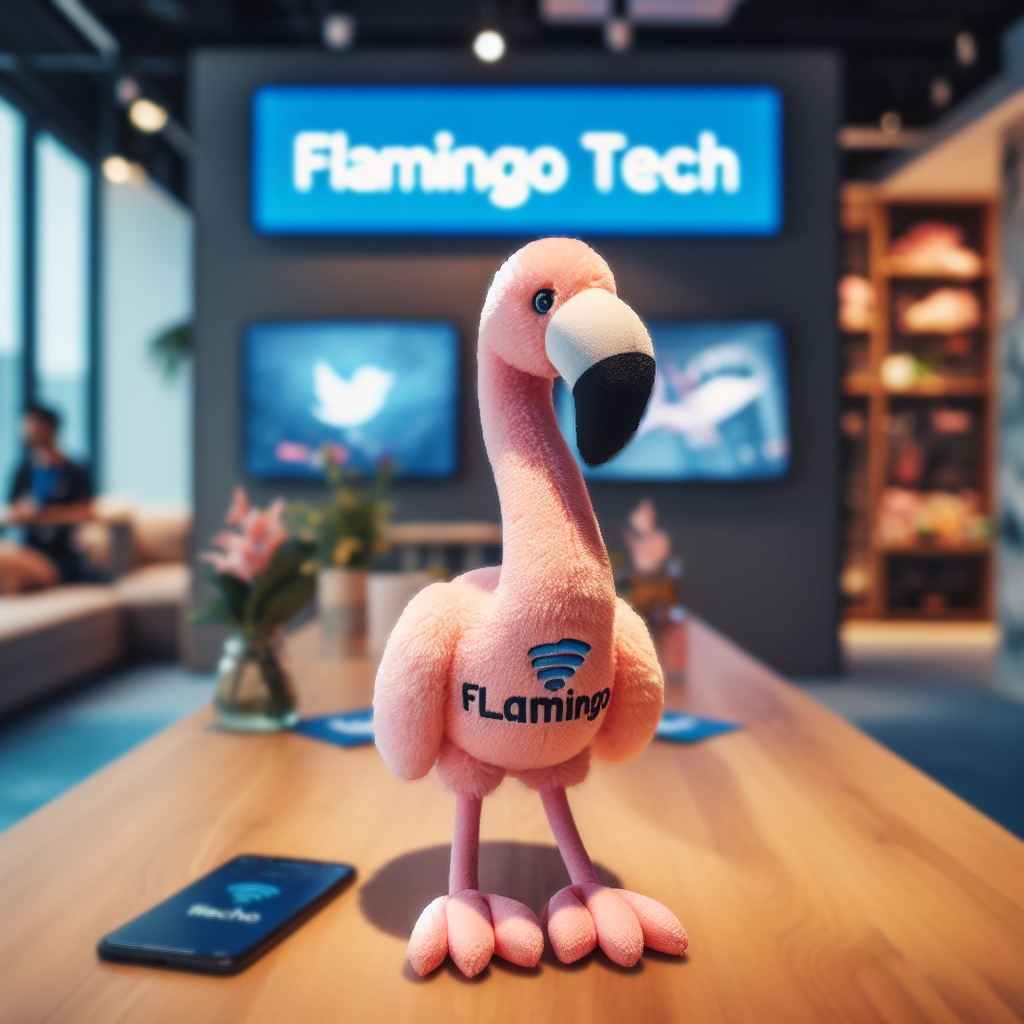
Elements of Recognizable Designs
Now, let's explore the design principles that contribute to a plush toy's memorability:
Simplicity with Impact:
- Distinctive Features are the key to a recognizable custom plush design. Whether it's an endearing quirk or a distinct physical trait, such as oversized ears or a playful expression, highlighting these features ensures that your plush stands out in a crowded market. By amplifying these distinctive elements, you create a memorable character that captures the imagination of your audience.
- Color Palette Power: The color palette plays a crucial role in shaping the visual identity of your plush toy. Opt for a color scheme that complements the character's design and resonates with your target audience. Bold and contrasting colors often command attention, while softer hues evoke a sense of warmth and nostalgia. Delve into color psychology to understand how different colors elicit emotional responses, allowing you to select hues that resonate with your audience on a deeper level.
Character & Emotion:
- The Power of Persona: Infuse your custom plushie with a distinct personality that shines through its design. Whether it's a playful demeanor, a mischievous grin, or a heartwarming expression, imbue your character with traits that resonate with your audience. From facial expressions to body language, every aspect of the design should reflect the unique persona of your plush, creating an emotional connection with its admirers.
- Emotional Connection: The most memorable custom plush toys evoke genuine emotions in their owners. Design your plush with feelings of warmth, comfort, and joy. A huggable texture, expressive features, and endearing details can all contribute to forging a deep emotional bond between the plush and its owner. By tapping into the universal desire for companionship and comfort, you ensure that your plush becomes more than just a toy— a cherished companion.
Storytelling Through Design:
- The Backstory Advantage: Every custom plushie has a story. Whether it's a whimsical tale of adventure or a heartwarming journey of friendship, developing a backstory adds depth and richness to your character's design. Even if the backstory is not shared, it informs design choices and imbues your plush with authenticity and narrative intrigue.
- Details that Speak Volumes: Pay attention to the small details that enhance the storytelling potential of your plush design. From stitched accents that hint at past adventures to unique fabric choices that convey personality traits, every element contributes to the overall narrative of your plush toy. By incorporating these subtle details, you invite customers to engage with the story behind the plush, fostering a deeper connection and appreciation for its design.
Examples of Successful Designs:
Think of iconic plush toys like Hello Kitty or Teddy Ruxpin. These characters achieve instant recognition due to their simple yet impactful designs, distinct personalities, and the stories they evoke.

Incorporating Brand Identity
For branded plushies, seamlessly integrate your brand elements into the design:
- Logo Love: One of the most effective ways to reinforce brand identity is by subtly integrating your logo or brand mascot into the design of your plush toy. Whether it's a small embroidered emblem on the plush's paw or a discreetly placed logo tag, incorporating these brand elements ensures that your custom stuffed toy is a tangible representation of your company. However, it's essential to balance brand visibility and design aesthetics, ensuring that the logo seamlessly blends into the overall look of the plush without overpowering its charm.
- Color Consistency: Consistency is vital to brand identity, and the color palette plays a pivotal role in maintaining that consistency across all brand assets, including custom plush toys. Aligning the color scheme of your plush with your brand's established palette reinforces the connection between the toy and your company, creating a cohesive brand experience for customers. Whether it's a specific shade of blue that reflects your brand's professionalism or a vibrant pop of color that exudes your brand's energy, incorporating these consistent color elements ensures that your plush serves as a recognizable extension of your brand identity. By infusing your custom stuffed toys with these distinctive brand elements, you reinforce brand recognition and establish a deeper emotional connection with customers who value the authenticity and consistency of your brand.
Choosing Colors and Materials
The right colors and materials play a crucial role in creating visually appealing and recognizable custom plushies:
- Color Psychology: The colors you choose for your plush toys can have a profound impact on how they are perceived and received by your target audience. By leveraging color psychology, you can select hues that evoke specific emotions and resonate with your customers. For example, vibrant shades of red and yellow can convey energy and playfulness, making them ideal for toys aimed at children. Softer pastel tones might evoke comfort and nostalgia, perfect for plush toys designed for relaxation or sentimental value. Understanding the psychological associations of different colors allows you to customize plush toys that look visually appealing and elicit the desired emotional response.
- Material Matters: The choice of materials can make or break the tactile experience of a custom plush toy. Opting for high-quality, soft materials enhances the cuddling and contributes to the toy's overall appeal and longevity. Custom plushies crafted from plush fabrics like polyester or velour offer a luxurious feel that entices users to touch and hold while also providing durability to withstand frequent handling and washing. Additionally, considering safety and environmental impact is crucial when selecting materials for your plush toys. Non-toxic, hypoallergenic materials ensure your products are safe for children and sensitive individuals while demonstrating your commitment to ethical and sustainable manufacturing practices. You can create custom plushies that look and feel stupendous. It also aligns with your brand's values and resonates with environmentally conscious consumers.
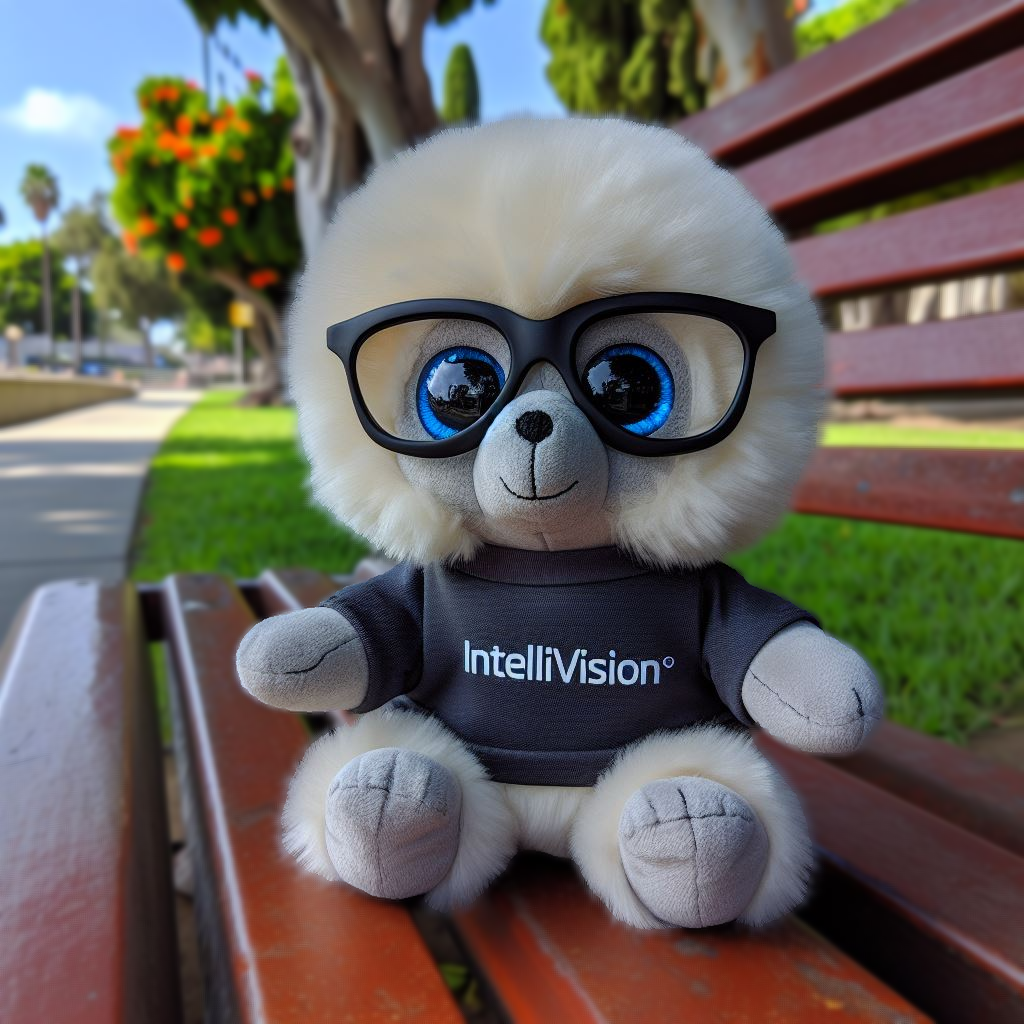
Designing Unique Features
Don't be afraid to stand out from the crowd with distinctive features:
- Signature Touches: To make your custom plushies stand out, consider incorporating distinctive design elements that set them apart from generic counterparts. These signature touches could range from quirky accessories like hats or scarves to unconventional body shapes or exaggerated features. By infusing your plush toys with unique characteristics, you not only enhance their visual appeal but also create memorable and captivating characters that capture the imagination of your audience. These distinctive features are a hallmark of your brand, distinguishing your custom stuffed toys from competitors and leaving a lasting impression on consumers.
- Creative Inspiration: Drawing inspiration from diverse sources can fuel your creativity and lead to the development of truly innovative and original plush designs. Explore popular culture, such as movies, TV shows, and video games, for iconic characters and motifs that resonate with your target audience. Children's books, fairy tales, and folklore offer rich characters and themes that can inspire unique plush creations. Nature provides endless inspiration with its vast array of animals, plants, and natural wonders with possibilities for creative interpretation. By tapping into these diverse sources of inspiration, you can infuse your plush toys with charm, personality, and a sense of whimsy that captivates children and adults alike.
Testing and Iteration
Before mass production, it's vital to gather feedback:
- Prototype Power: Building prototypes of your custom plush toys is a crucial step in the design process, allowing you to evaluate their functionality, aesthetics, and overall appeal before moving forward with mass production. Consider creating multiple prototypes with variations in design, materials, and features to explore possibilities and gather comprehensive feedback. Once you have prototypes, conduct testing sessions with focus groups comprising your target audience, whether children, adults, or collectors. Solicit feedback on aspects such as comfort, durability, playability, and visual appeal, paying close attention to their reactions and preferences.
- Iterative Design: Armed with feedback from testing sessions, embark on an iterative design process to refine and enhance your custom plushies. Analyze the feedback received, identify areas for improvement, and iterate upon your prototypes accordingly. It may involve making adjustments to the design, materials, colors, or features based on the preferences and suggestions of your target audience. Iterate systematically, incorporating feedback from multiple testing rounds to gradually hone in on the optimal design for your custom plush toys. By embracing an iterative approach to design, you can ensure that your final products resonate with your target market, meeting their needs and preferences while standing out in the competitive plush toy market.

Manufacturing Considerations
Collaborate with your manufacturer to ensure the final product reflects your vision:
- Collaborative Approach: When designing custom plush toys, it's essential to work closely with your manufacturer to navigate any potential challenges and ensure the final product meets your specifications. Engage in open communication with your manufacturing partner from the outset of the design process, discussing your vision for the plush toys and any specific requirements or constraints. Be receptive to their expertise and insights regarding material selection, stitching techniques, and production feasibility. By establishing a collaborative relationship, you can leverage the manufacturer's knowledge and experience to address design challenges effectively and achieve high-quality results.
- Addressing Limitations: During discussions with your manufacturer, identify and address any potential limitations in material selection or stitching techniques that may impact the design or production process. Factors such as material availability, cost considerations, and manufacturing capabilities can influence the feasibility of design elements. By proactively addressing these limitations, you can make informed decisions about design modifications or alternative approaches that maintain the integrity of your vision while ensuring practicality and cost-effectiveness.
- Pilot Production: Before proceeding with full-scale manufacturing, consider producing a limited pilot run of your custom plush toys. A pilot production phase allows you to test the manufacturing process on a smaller scale, identifying and addressing any production issues or quality concerns before committing to a larger order. By conducting pilot production, you can fine-tune manufacturing processes, optimize production efficiency, and ensure consistency in product quality. Additionally, pilot production provides an opportunity to evaluate the final plush toys firsthand, allowing for any necessary adjustments or refinements before mass production begins. This proactive approach helps mitigate risks and enhances the overall success of the manufacturing process.
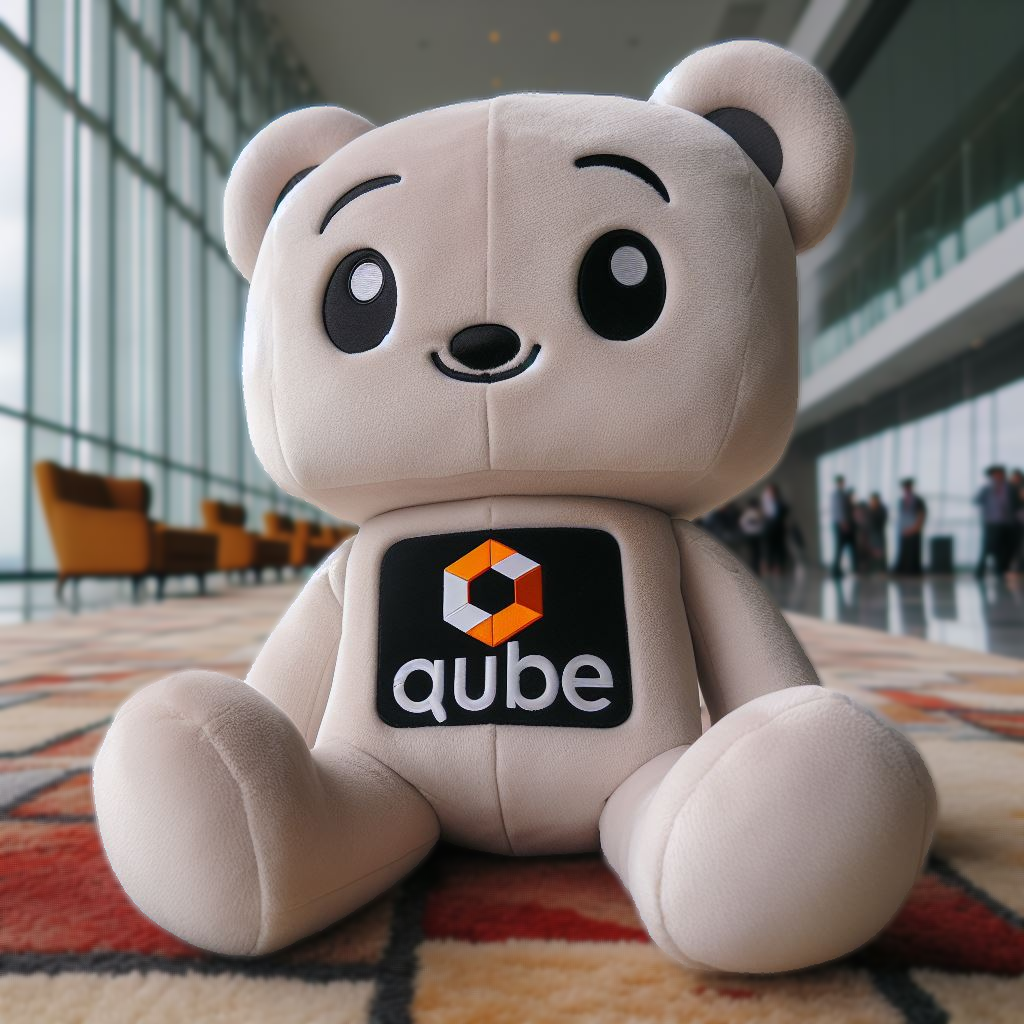
Marketing and Promotion
Once you have your custom plush toy, it's time to showcase it to the world:
- Social Media Strategy: Leverage the power of social media platforms such as Instagram, TikTok, and Facebook to showcase your custom plushie to a broad audience. Create visually appealing posts and videos with the unique features and personality. Engage with your followers by encouraging user-generated content, such as photos or videos of customers with custom stuffed toys, and use relevant hashtags to increase visibility. Collaborate with social media influencers who resonate with your target demographic to expand your reach and credibility.
- Content Creation: Develop compelling content that tells the story behind your custom plushie and resonates with your audience. It could include blog posts, articles, or videos that explore the design process, inspiration, and craftsmanship behind your plush toy. Share behind-the-scenes glimpses into the manufacturing journey, interviews with designers or artisans, and customer testimonials about the emotional connection. Create a dedicated website or landing page where customers can learn more about your plush toy and online purchases.
- Retail Partnerships: Explore opportunities to collaborate with retailers or online stores that cater to your target audience. Partnering with established brands or niche retailers can help increase the visibility and accessibility of your custom plush toy. Consider offering exclusive promotions, discounts, or limited-edition collaborations to incentivize retailers to feature your product. Arrange product placement in-store or online, ensuring that your plush toy is prominently displayed and effectively marketed to potential customers. Additionally, participate in trade shows, pop-up events, or craft fairs to showcase your plush toy and connect with consumers directly.
Case Studies
Let's delve into real-world examples of brands that have successfully designed recognizable custom plush toys:
- Build-A-Bear Workshop: Their customizable plush concept allows customers to create unique and personalized toys, fostering an emotional connection.
- Disney's Tsum Tsum: These stackable plush characters, based on popular Disney characters, achieved immense popularity due to their adorable design and collectible nature.
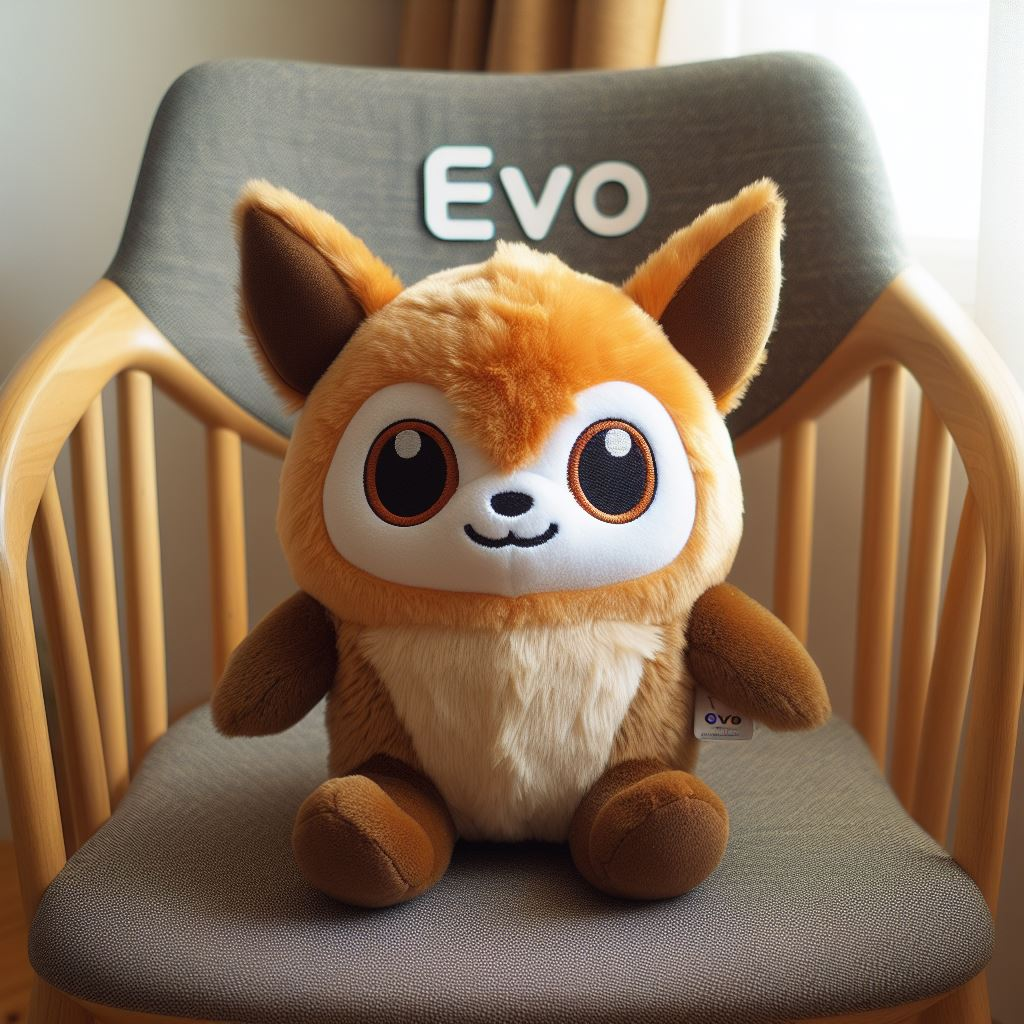
Over to you
Designing recognizable custom plush toys involves various factors, from understanding your audience to incorporating brand identity and unique features. With these tips and strategies, you can create outstanding custom plush toys that resonate with your target market, fostering brand visibility and customer engagement.
Ready to bring your custom plush toy design to life? Look no further than EverLighten! We ensure that your custom plush toys exceed expectations with our commitment to 100% customization and quality check, free design help, worldwide delivery, and 24*7 support. Benefit from unlimited revisions and low MOQ (Minimum Order Quantity) as you collaborate with us to turn your vision into reality. Connect with EverLighten today and embark on your journey to plush perfection!
FAQs:
What makes a plush toy recognizable?
A recognizable plush toy typically has unique features and distinct colors. It embodies a specific character or brand identity. These elements help it stand out and become memorable to consumers.
How can I ensure my plush toy design resonates with my target audience?
Understanding your target demographic is crucial. Conduct market research to identify preferences, interests, and trends. Tailor your plush toy design to appeal to this audience, considering factors like character personality, color scheme, and overall aesthetic.
Why is it vital to incorporate brand identity into plush toy design?
Incorporating brand elements such as logos, colors, and messaging into plush toy design helps reinforce brand recognition and recall. It also establishes a stronger connection between the plush toy and the company or brand it represents.
What materials should I use for high-quality plush toys?
Opt for soft, durable materials that enhance the cuddling experience and ensure longevity. Safety is paramount, so choose materials that meet safety and durability.
How can I test my plush toy design before mass production?
Create prototypes and test them with focus groups. Gather feedback and iterate on the design to address issues or concerns before mass production.
What marketing strategies can I use to promote my custom plush toys?
Utilize social media platforms, content creation, and strategic partnerships to showcase your plush toys to a broader audience. Collaborate with influencers, retailers, or online stores to increase visibility and generate interest in your plush toy offerings.

